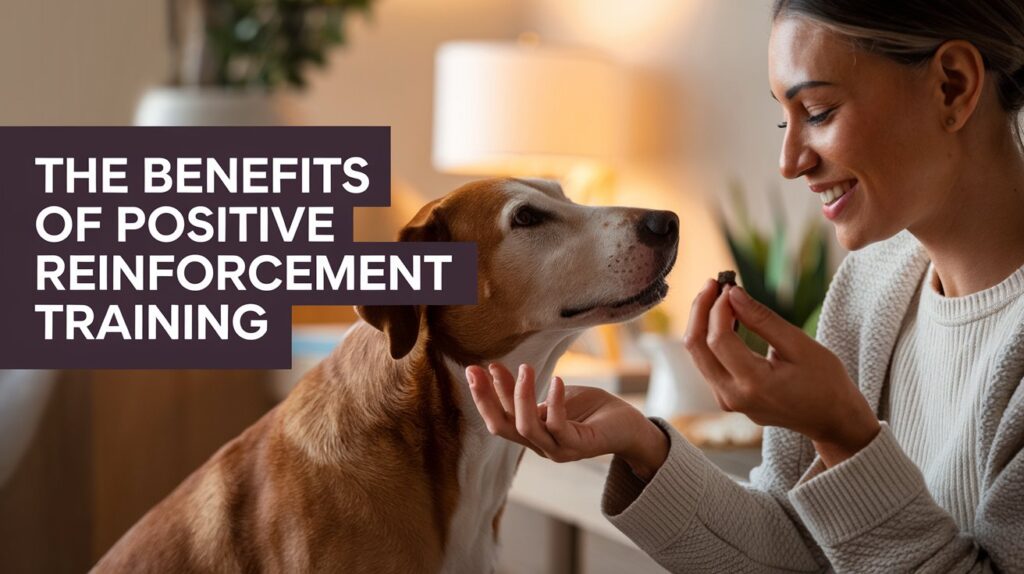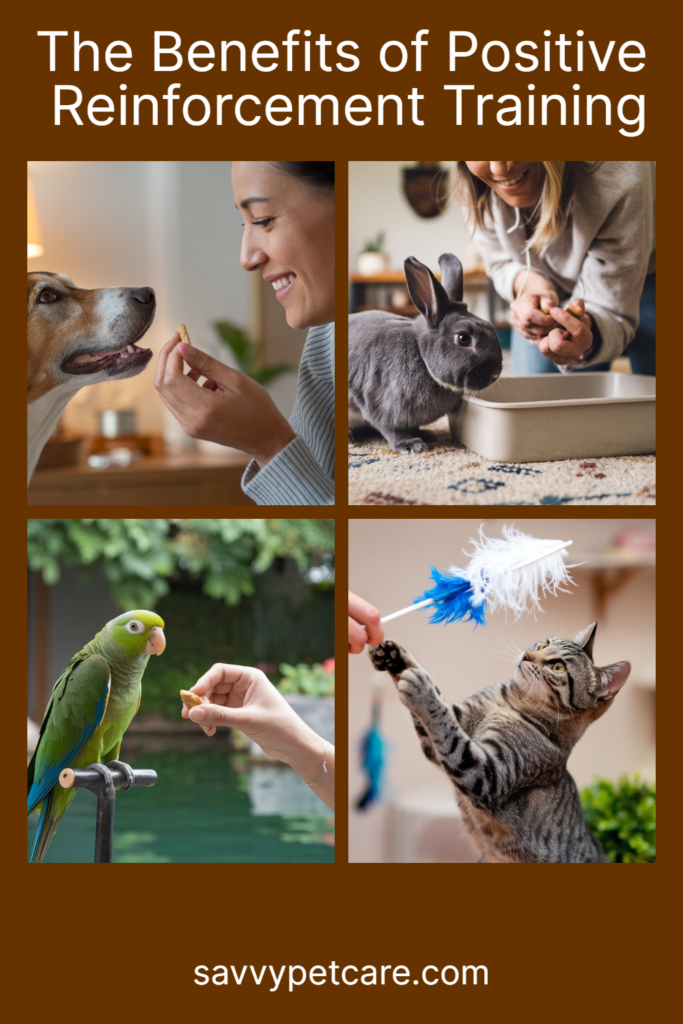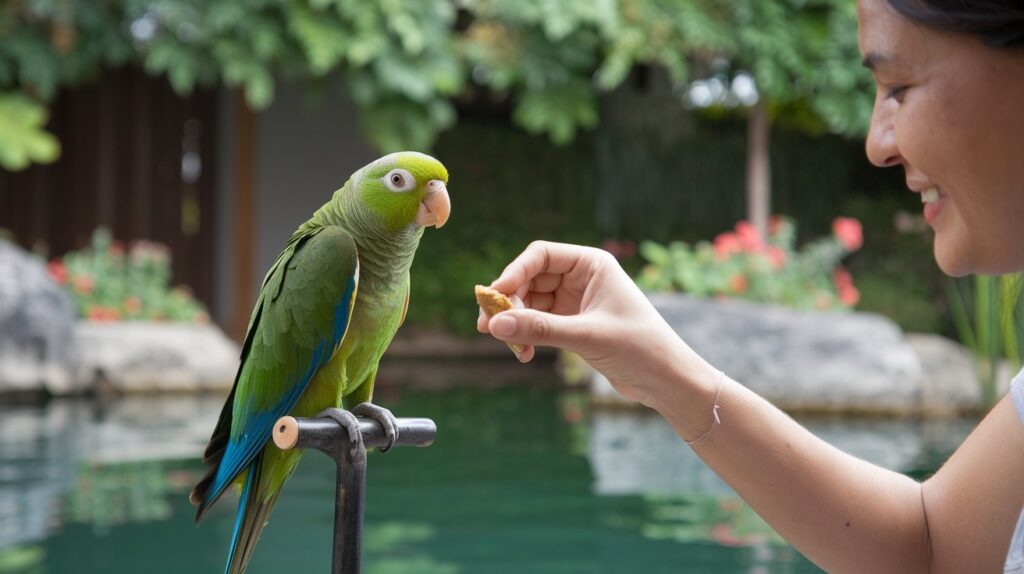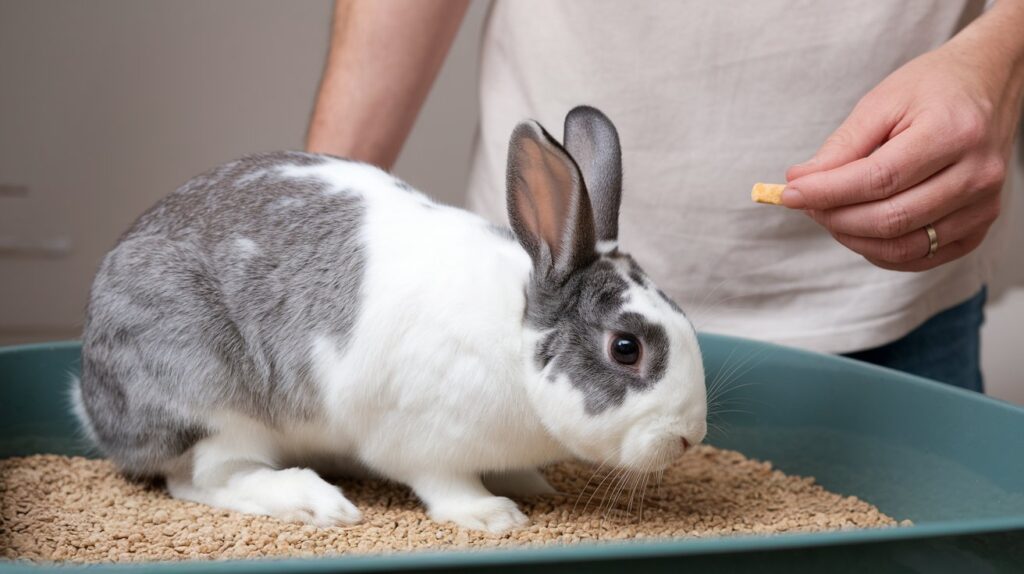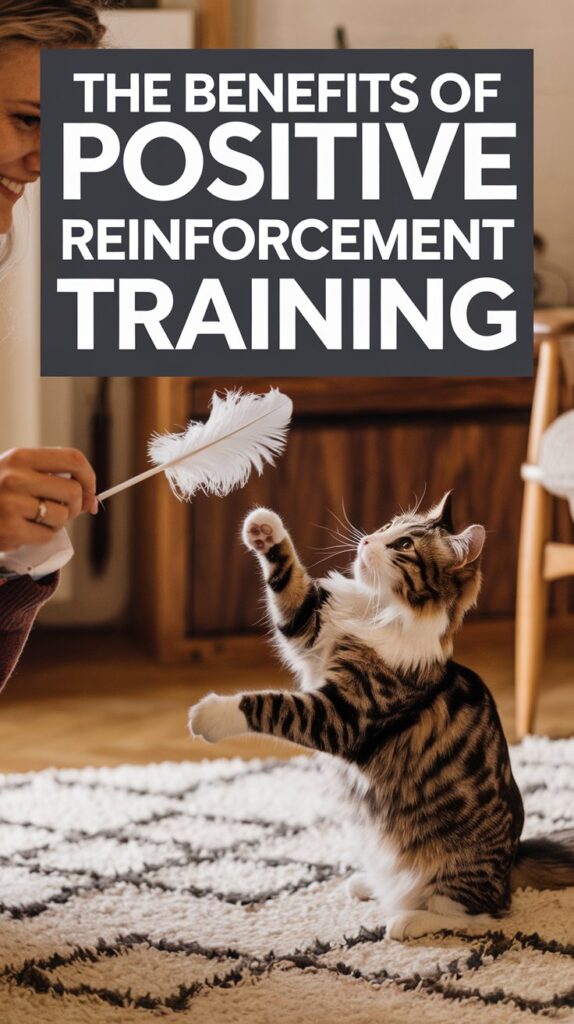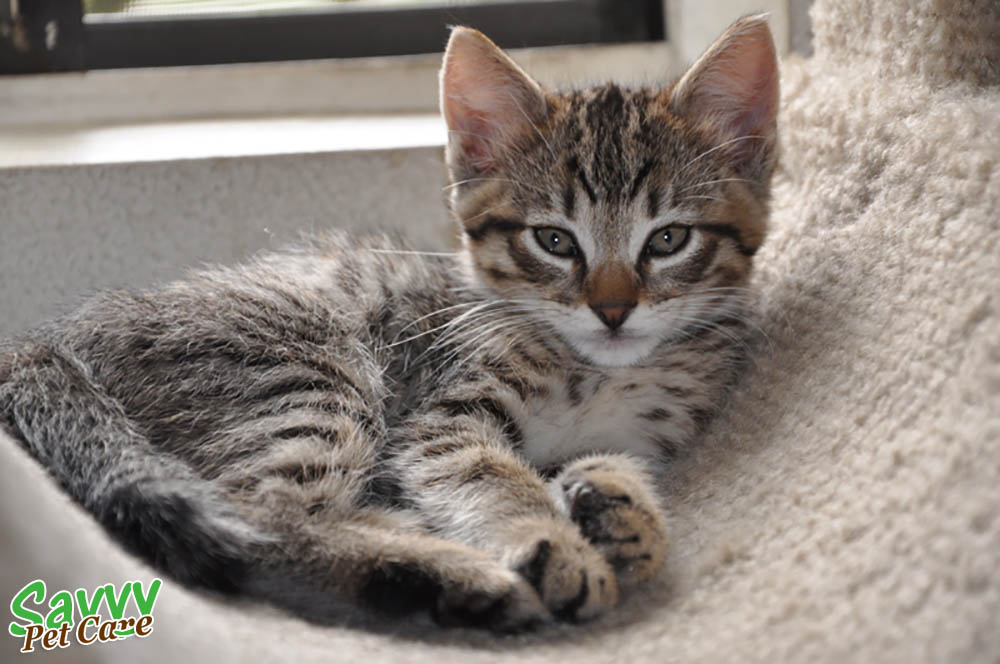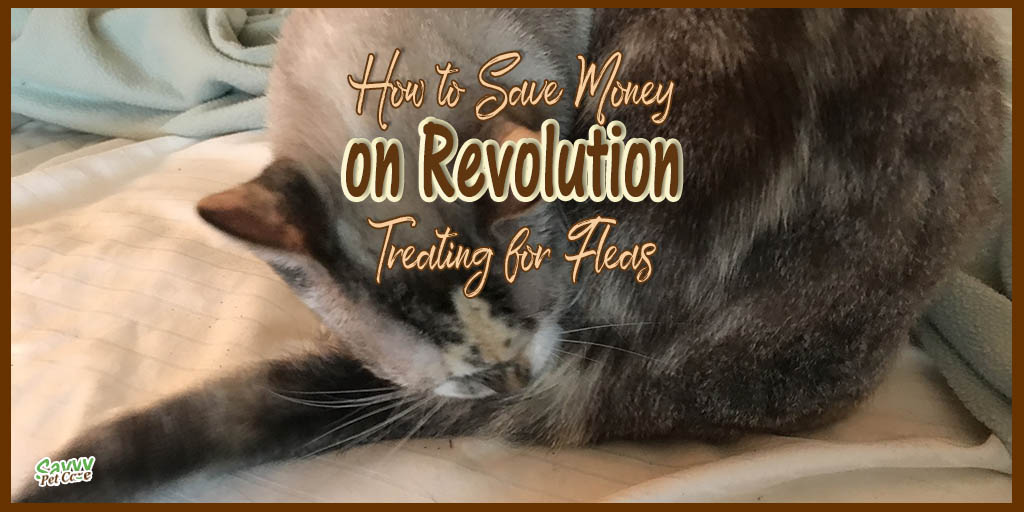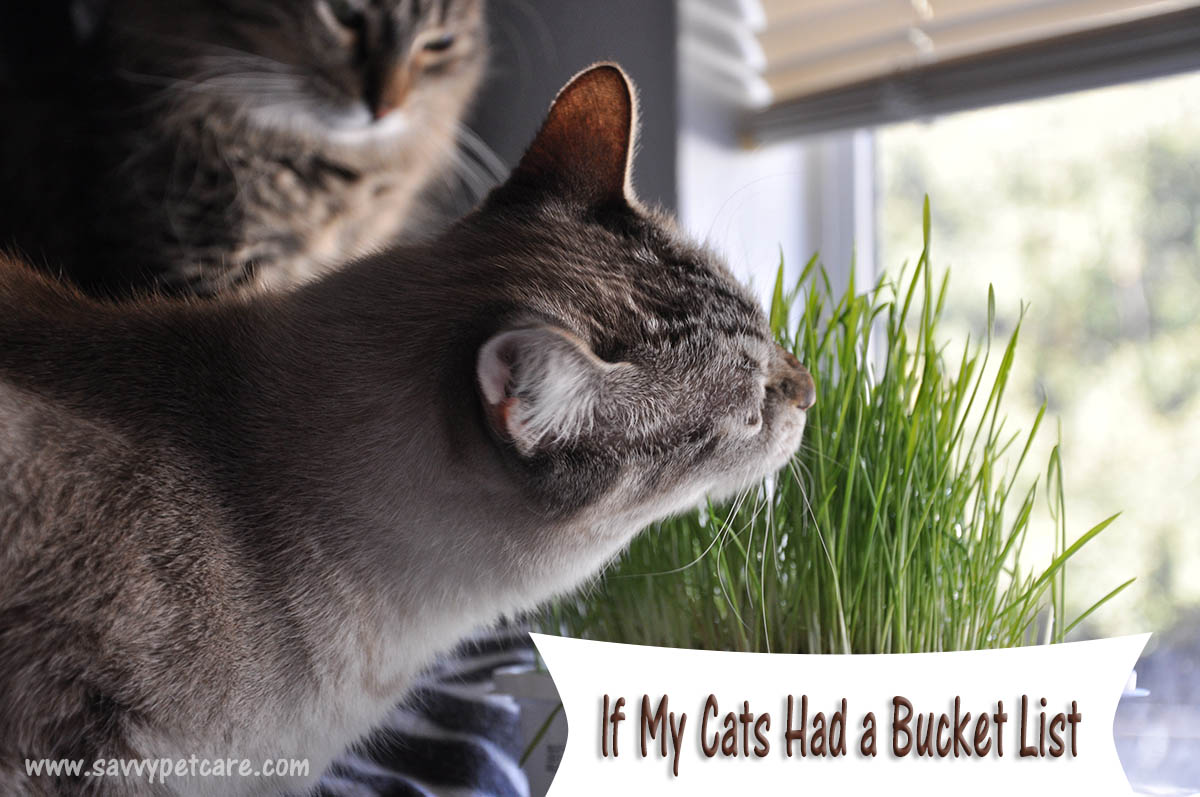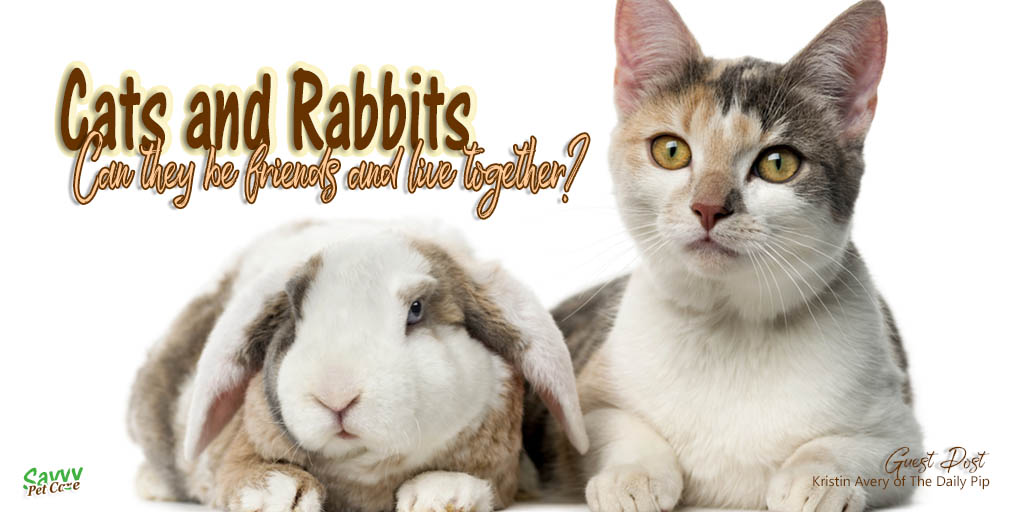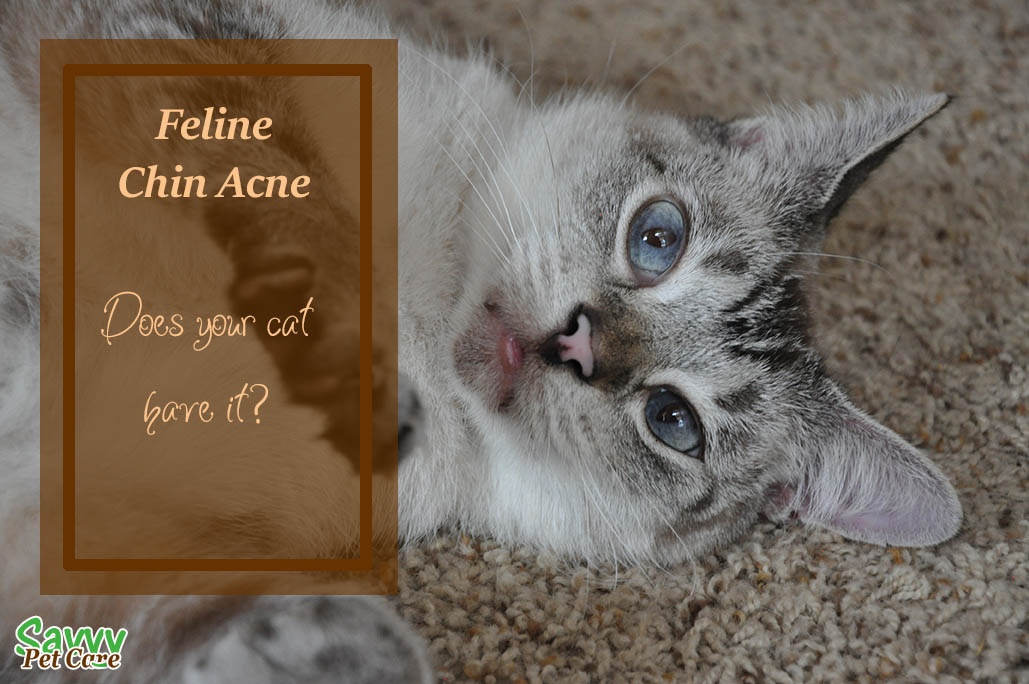Training your pet can be one of the most rewarding aspects of pet ownership. But let’s face it—sometimes, it’s also a challenge! That’s where positive reinforcement training comes in. Over the years, I’ve had all types of pets including dogs, cats, parrots, cockatoos, rabbits, rats, horses and probably things I’ve forgotten about. Positive reinforcement training worked for all of them.
This simple, science-backed method is all about rewarding good behavior to encourage your pet to repeat it. Unlike punishment-based approaches, positive reinforcement focuses on building trust and confidence, making it effective for almost any pet—from dogs and cats to parrots and even rabbits.
Whether you’re teaching your dog to sit, helping your cat stop scratching the couch, or encouraging your parrot to step onto your hand, this approach works wonders. Plus, it strengthens the bond between you and your furry (or feathered) friend, creating a happier, more harmonious home.
In this post, we’ll explore the benefits of positive reinforcement training, explain why it works across different species, and give you actionable tips to get started. Ready to unleash your pet’s potential? Let’s go!
What is Positive Reinforcement Training?
Positive reinforcement training is a method of teaching that rewards desired behaviors to encourage pets to repeat them. Unlike training techniques that rely on punishment or negative reinforcement, this approach focuses on creating a positive association with good behaviors. In simple terms, when your pet does something right, they get a reward, and they’ll want to do it again!
Here’s how it works:
- Behavior happens: Your pet performs a desired action, like sitting, using the litter box, or stepping onto your hand.
- Immediate reward: You immediately reward them with something they love, like a tasty treat, enthusiastic praise, or a favorite toy.
- Reinforcement of behavior: Over time, your pet learns that this behavior leads to good things and starts doing it more often.
This method is based on behavioral science and works well because it taps into the way animals naturally learn. It’s not just for dogs—cats, parrots, rabbits, and even guinea pigs can benefit from this style of training.
Why It’s Better Than Punishment-Based Training
Punishment might stop a behavior temporarily, but it can also create fear, anxiety, or even aggression. Positive reinforcement, on the other hand:
- Builds trust between you and your pet.
- Encourages cooperation rather than compliance out of fear.
- Creates a happier, more confident pet.
For example, rather than yelling at your dog for jumping on visitors, you could reward them for sitting calmly when someone walks in the door. It’s a win-win for both of you.
Why Positive Reinforcement Works Across Species
One of the most amazing things about positive reinforcement training is how well it works for all kinds of pets. Unlike other training methods, this approach taps into a universal principle: animals are naturally motivated to repeat behaviors that bring them rewards. Whether it’s a playful dog, a curious cat, a smart parrot, or a gentle rabbit, positive reinforcement helps them learn and thrive.
Why It Works
At its core, positive reinforcement aligns with the way animals instinctively learn. It’s effective because it’s clear, rewarding, and builds trust, making it a win for both you and your pet.
Examples of Positive Reinforcement Across Pets
- Dogs
Dogs are perhaps the most familiar example. You can use positive reinforcement to teach commands like “sit” and “stay” or to address challenges like jumping or leash pulling. Rewarding calm, desired behavior encourages them to repeat it, making training productive and fun. - Cats
Many people think cats are untrainable, but I’ve found the opposite to be true! Cats are surprisingly eager to learn when there’s something in it for them. I’ve trained my own cats to do tricks, like giving high-fives, sitting on command, and shaking hands. All it takes is the right reward, like small pieces of cooked chicken or a lick of their favorite treat paste.
Here’s a video of my cats performing some of their best tricks! - Parrots
Parrots thrive on mental stimulation and love positive reinforcement training. You can teach them to mimic words, step onto your hand, or stay calm during grooming sessions. Parrots enjoy rewards like small sunflower seeds or verbal praise, and training helps channel their intelligence in productive ways. - Rabbits and Small Mammals
Rabbits and other small pets are equally capable of learning. With a little patience, rabbits can be taught to hop into a carrier, use a litter box, or even complete agility courses. Treats like tiny bits of fresh vegetables or fruit work wonders for motivating them.
The Role of Consistency
Positive reinforcement is all about being consistent. Rewarding good behavior while ignoring unwanted actions sends a clear message to your pet about what earns them praise and treats. This consistency makes it effective for any species and builds a stronger bond between you and your pet.
The Benefits of Positive Reinforcement Training
Positive reinforcement training offers a wide range of benefits for both pets and their owners. It’s not just about teaching your pet new skills—it’s about creating a happier, more harmonious relationship. Here’s how this method improves the lives of pets and the people who care for them.
For Pets:
- Builds Confidence
Pets thrive on success. When they’re rewarded for doing something right, they gain confidence in their abilities. This is especially helpful for shy or anxious pets who may struggle with fear or insecurity. - Reduces Fear and Stress
Unlike punishment-based methods, positive reinforcement focuses on encouragement rather than fear. This helps pets feel safe and secure, leading to calmer and more cooperative behavior. - Provides Mental Stimulation
Training challenges your pet’s mind and keeps them engaged. This is particularly important for intelligent animals like parrots and dogs, but it also benefits cats and rabbits by preventing boredom-related behaviors. - Encourages Natural Behaviors
Positive reinforcement can help channel instinctive behaviors into appropriate outlets. For example:- Rewarding a cat for using a scratching post instead of furniture.
- Teaching a rabbit to dig in a designated digging box.
For Owners:
- Strengthens the Bond
Positive reinforcement builds trust and mutual respect between you and your pet. The more time you spend rewarding good behavior, the closer you’ll feel to each other. - Improves Communication
Training helps you understand your pet’s needs and body language better. In turn, your pet learns to listen to you and respond to cues, making life together more enjoyable. - Makes Training Fun
Unlike methods that rely on correction or punishment, positive reinforcement turns training into an enjoyable activity for both of you. It’s a time to play, bond, and celebrate your pet’s successes. - Promotes Long-Term Behavior Change
When pets learn through positive experiences, they’re more likely to retain what they’ve learned. This means better behavior that lasts over time, with fewer setbacks.
Real-Life Benefits in Action
Here’s an example: Imagine a dog that pulls on the leash during walks. Using positive reinforcement, you can reward them for walking calmly by your side. Over time, the dog learns that staying close earns treats and praise, and leash-pulling becomes a thing of the past.
Or consider a cat that jumps on counters. Instead of scolding, you can reward them for staying on a designated spot, like a cat tree. This not only solves the problem but also makes training enjoyable for both of you.
The Emotional Rewards for Owners
Watching your pet succeed is deeply rewarding. It’s not just about having a well-trained pet—it’s about knowing you’ve helped them grow and thrive in a loving, supportive environment.
Tools for Training
Positive reinforcement training is straightforward, but having the right tools can make all the difference. These tools help you communicate with your pet effectively and ensure training sessions are both fun and productive. Here’s what you’ll need:
1. Treats: The Ultimate Motivator
Treats are the cornerstone of positive reinforcement training. The key is choosing treats your pet loves and can quickly eat. Here are some tips:
- For Dogs: Small, soft treats like training bites or bits of cooked chicken work best.
- For Cats: Try freeze-dried treats, tuna flakes, or small pieces of cooked meat. My cats’ favorite is pieces of homemade crispy chicken skins.
- For Parrots: Sunflower seeds, millet spray, or small pieces of fruit are excellent choices.
- For Rabbits: Fresh veggies like parsley, cilantro, or a tiny piece of banana can be very motivating.
Pro Tip: Use high-value treats for challenging tasks and lower-value ones for simpler behaviors.
2. Clicker: Clear Communication
A clicker is a small, handheld device that makes a distinct clicking sound. It helps bridge the gap between your pet’s action and the reward by marking the exact moment they perform the desired behavior.
- Clicker training works well for all pets, as the sound is consistent and distinct.
- It’s especially useful for training tricks or shaping complex behaviors.
If you don’t have a clicker, you can use a specific word like “yes” or “good” to mark the behavior instead. I’ve never tried clicker training but instead just always used verbal cues.
3. Target Stick: Guide Their Movements
A target stick is a tool that helps direct your pet’s movements. It’s great for teaching behaviors like:
- Dogs: Learning to “touch” or follow commands like “heel.”
- Cats: Walking to specific areas or jumping through hoops.
- Parrots: Stepping onto a perch or following a target.
- Rabbits: Learning agility tricks or hopping into a carrier.
You can purchase a target stick or DIY one using a wooden dowel or even a spoon. I’ve never used a target stick with my house pets but have used one for my horses!
4. Treat Pouch: Stay Organized
A treat pouch keeps rewards within easy reach during training sessions. Choose one with multiple compartments for different treat types, especially if you’re working on multiple behaviors.
- Hands-free designs make training more convenient.
- Some pouches come with a clicker holder or built-in waste bag dispenser, which is handy for dog training sessions.
5. Toys as Rewards
Some pets respond better to toys than treats, especially during play-based training.
- For Dogs: Tug ropes or squeaky toys.
- For Cats: Feather wands or laser pointers.
- For Parrots: Chewable toys or foraging puzzles.
- For Rabbits: Willow balls or stacking cups.
Toys keep sessions engaging and provide mental stimulation. I always try to mix it up.
6. Training Mat or Station
A designated training area helps pets focus and understand that it’s time to work. A mat, perch, or small platform can serve as their “training station.”
- Use this space consistently to signal the start of a session.
- Reward your pet for staying in the area to build their focus.
Timing is Everything
Regardless of the tools you use, timing is crucial. Always reward your pet immediately after they perform the desired behavior. Delays can confuse them and weaken the association between the action and the reward.
With the right tools and a bit of practice, positive reinforcement training becomes a joyful and effective way to connect with your pet and teach them new skills.
Tips for Success
Positive reinforcement training is effective, but it does require patience, consistency, and the right approach. Here are some practical tips to help you and your pet succeed:
1. Keep Sessions Short and Fun
Pets have short attention spans, so training sessions should be brief—no more than 5-10 minutes at a time. End each session on a positive note to keep your pet excited for the next one.
Example: If your rabbit successfully hops into their carrier, offer a treat and plenty of praise, then stop for the day. This leaves them feeling accomplished and eager to learn more.
2. Use High-Value Rewards
To keep your pet motivated, use rewards that they find irresistible. Experiment with different treats or toys to find their favorite. High-value rewards work especially well for difficult tasks or new behaviors.
Pro Tip: Rotate rewards to keep things exciting. For example, alternate between a special treat and a play session with their favorite toy.
3. Be Consistent with Commands and Timing
Use the same words and gestures every time you train. Pets learn best when commands are clear and consistent. Similarly, timing is everything—reward your pet immediately after they perform the desired behavior so they make the connection.
Example: When teaching your dog to “sit,” say the word and use the same hand signal each time. As soon as their bottom hits the ground, give a treat.
4. Ignore Unwanted Behavior
Rather than punishing bad behavior, simply ignore it. Pets often act out for attention, so withdrawing your response can discourage undesirable actions. Focus on rewarding the behaviors you want instead.
Example: If your parrot screams for attention, wait until they’re calm, then reward their quiet behavior with a treat or praise.
5. Break Down Behaviors into Small Steps
For complex tasks, break them into manageable steps. This technique, called “shaping,” makes it easier for your pet to succeed.
Example: To teach a cat to jump through a hoop:
- Reward them for approaching the hoop.
- Reward them for stepping through it.
- Gradually increase the height as they gain confidence.
6. Be Patient and Celebrate Progress
Every pet learns at their own pace. Stay patient and celebrate even the smallest successes. Over time, those little wins add up to big achievements.
Example: If your rabbit hesitates to use a new litter box, reward them for just exploring the area. Consistency will help them understand what you’re asking.
7. Tailor Training to Your Pet’s Personality
Not all pets respond to the same techniques. Pay attention to what motivates your pet most and adapt your training style to suit their preferences.
- Some dogs may prefer praise and petting over treats.
- Cats might need training sessions at quiet times when they’re naturally more relaxed.
- Parrots often enjoy verbal praise as much as food rewards.
By keeping training sessions positive, consistent, and tailored to your pet’s needs, you’ll set them up for success. Not only will your pet learn new skills, but you’ll also deepen your bond and create a more joyful life together.
Common Challenges (And How to Overcome Them)
Positive reinforcement training is highly effective, but it’s not without its challenges. Whether your pet seems uninterested or you’re struggling to stay consistent, here’s how to address some common hurdles and keep your training on track.
1. Lack of Interest in Rewards
Some pets can be picky about rewards, or they may lose interest in treats or toys over time.
Solutions:
- Experiment with different types of treats, toys, or praise to find what excites your pet.
- Use high-value rewards for training and reserve them exclusively for sessions. For example, cooked chicken for dogs or a favorite fruit for parrots.
- Keep sessions short so your pet doesn’t get bored.
Example: If your cat turns up their nose at treats, try using interactive play as a reward, like a feather wand or laser pointer.
2. Inconsistent Training Practices
If multiple people are involved in training, inconsistency in commands, timing, or rewards can confuse your pet.
Solutions:
- Agree on specific commands and gestures before starting. Write them down if needed.
- Make sure everyone uses the same training methods and rewards to reinforce desired behaviors.
- Keep a training log to track progress and share tips among family members.
3. Overexcited or Distracted Pets
Some pets, especially young ones, may struggle to focus during training sessions due to distractions or high energy levels.
Solutions:
- Train in a quiet, distraction-free area. Gradually introduce distractions as your pet improves.
- For high-energy pets, engage in play or exercise before training to burn off excess energy.
- Use a calming voice and keep commands simple and clear.
Example: If your dog gets distracted by sounds outside, train indoors or in a fenced yard away from the noise.
4. Plateauing in Progress
Sometimes, pets hit a learning plateau where it seems like they’re no longer making progress.
Solutions:
- Revisit basic commands or behaviors your pet already knows to rebuild confidence.
- Break tasks into smaller steps and reward progress at each stage.
- Add variety to training sessions to keep them interesting, like practicing in new locations or teaching a new trick.
Example: If your rabbit stops responding to litter box training, reward them for small actions like sniffing or hopping near the box before progressing further.
5. Overusing Rewards
Pets can become dependent on treats and may only perform behaviors when a reward is visible.
Solutions:
- Gradually phase out treats by switching to verbal praise or other rewards like petting or playtime.
- Use intermittent reinforcement, where treats are given unpredictably, to keep your pet motivated.
- Transition to rewarding only the best examples of a behavior (e.g., a faster “sit” or a more precise trick).
Example: If your parrot only steps onto your hand when it sees food, start rewarding them occasionally with a head scratch or verbal praise instead.
6. Patience and Persistence Pay Off
Every pet learns at their own pace, and setbacks are normal. The most important thing is to stay patient and maintain a positive attitude.
Solutions:
- Celebrate small wins, even if progress feels slow.
- Avoid punishing mistakes—focus on rewarding the right behavior instead.
- Remember that training is an ongoing process, not a one-time event.
By recognizing and addressing these challenges, you can stay on track and continue building a strong, trusting relationship with your pet. Positive reinforcement is about more than just teaching commands—it’s about fostering mutual understanding and joy in every interaction.
Recommended Training Products
Having the right tools can make positive reinforcement training more effective and enjoyable for both you and your pet. Here’s a list of highly recommended products tailored for various pets, all of which can help streamline your training process.
1. Clickers for Clear Communication
Clickers are essential for marking the exact moment your pet performs the desired behavior. Look for clickers with ergonomic designs and adjustable volume options.
- Recommended for: Dogs, cats, parrots, and rabbits.
- Features to Consider: Comfort grip, durability, and a wrist strap for convenience.
Example Product:
- Clicker Trainer for Pets – Lightweight and easy to use, ideal for all pet types.
2. High-Value Treats for Motivation
Treats are the backbone of positive reinforcement training. Choose healthy, species-appropriate options your pet can’t resist.
- For Dogs: Soft training treats like peanut butter bites or liver treats.
- For Cats: Freeze-dried chicken or tuna flakes.
- For Parrots: Small sunflower seeds, millet, or dried fruit pieces.
- For Rabbits: Fresh herbs or fruit in tiny amounts.
Example Product:
- Freeze-Dried Chicken Treats for Cats – A high-protein snack your feline friends will love.
3. Treat Pouches for Hands-Free Training
Treat pouches keep rewards within easy reach, allowing you to focus on training. Look for pouches with compartments for different treat types and a secure closure to keep treats fresh.
- Features to Consider: Adjustable waistbands, waterproof lining, and additional pockets for clickers or toys.
Example Product:
- Hands-Free Treat Pouch – Hold 2 cups of treats and has a place for your phone, wallet and/or keys.
4. Target Sticks for Precise Training
Target sticks help guide your pet’s movements, making it easier to teach specific behaviors. Many target sticks come with built-in clickers for added convenience.
- Recommended for: Dogs, cats, parrots, and rabbits.
- Uses: Teaching “touch,” shaping behaviors, and agility training.
Example Product:
- Collapsible Target Stick with Clicker – Lightweight and portable, perfect for multi-pet households.
5. Training Mats or Stations
Designating a specific training area helps pets stay focused. Training mats or stations signal to your pet that it’s time to work.
- Features to Consider: Non-slip surfaces, portability, and easy cleaning.
- Great for: Teaching behaviors like “stay” or “place.”
Example Product:
- Non-Slip Training Board for Pets – Durable and easy to transport, ideal for indoor and outdoor use.
6. Interactive Toys as Rewards
Toys can double as training tools and rewards, especially for play-driven pets. Interactive toys keep pets mentally stimulated while reinforcing positive behaviors.
- For Dogs: Tug ropes, balls, or puzzle feeders.
- For Cats: Feather wands, laser pointers, or motorized toys.
- For Parrots: Foraging toys or colorful chewable items.
- For Rabbits: Willow balls or stacking cups.
Example Product:
- Interactive Puzzle Toy for Dogs – Stimulates your pet’s mind while rewarding them for problem-solving.
7. Training Books and Guides
For pet owners new to positive reinforcement training, a good book or guide can provide helpful insights and techniques. Look for resources specific to your pet’s species or behavior goals.
Example Product:
- Positive Reinforcement Training Guides for Dogs and Cats – A collection of comprehensive step-by-step manuals with expert tips.
Having the right products can make training smoother and more enjoyable. Once you’re set up, you’ll find it easier to focus on building trust, communication, and fun with your furry (or feathered) friends.





